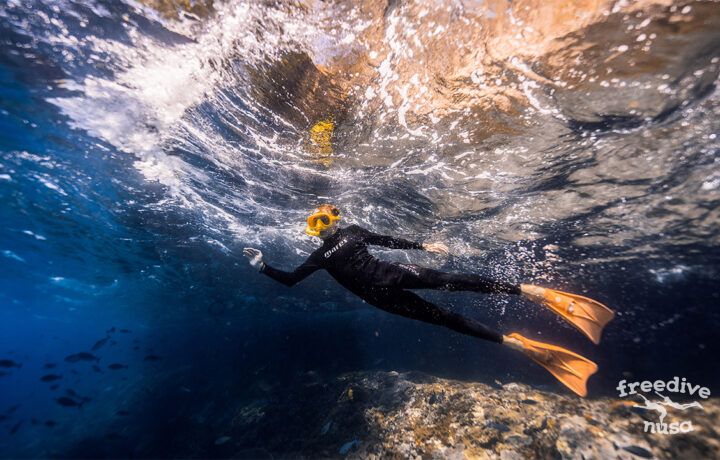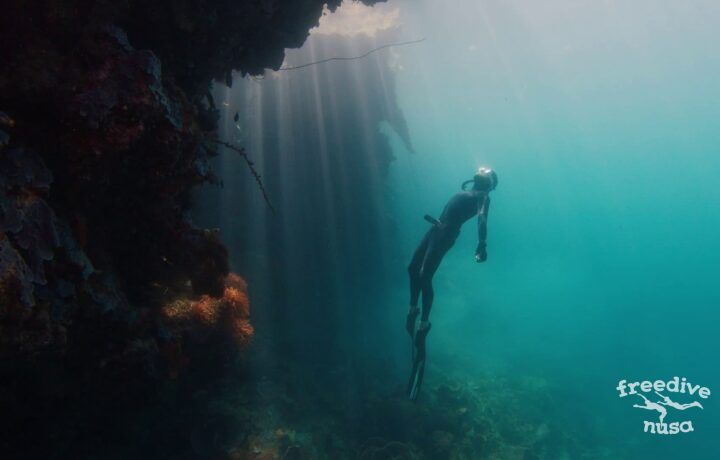Moving gracefully at a dozen meters underwater without a scuba tank and the need to breathe gives you an unequaled sense of freedom. Yet for many people, it’s a huge leap from being primarily a land-based creature. If you feel like you might be one of them, don’t worry. The realm of the Little Mermaid is not out of your reach if you know what snorkeling is. Many riches of the sea can be brought closer to you if you learn snorkeling. Read our snorkeling guide to find out how to make sure this activity becomes one of your favorites.
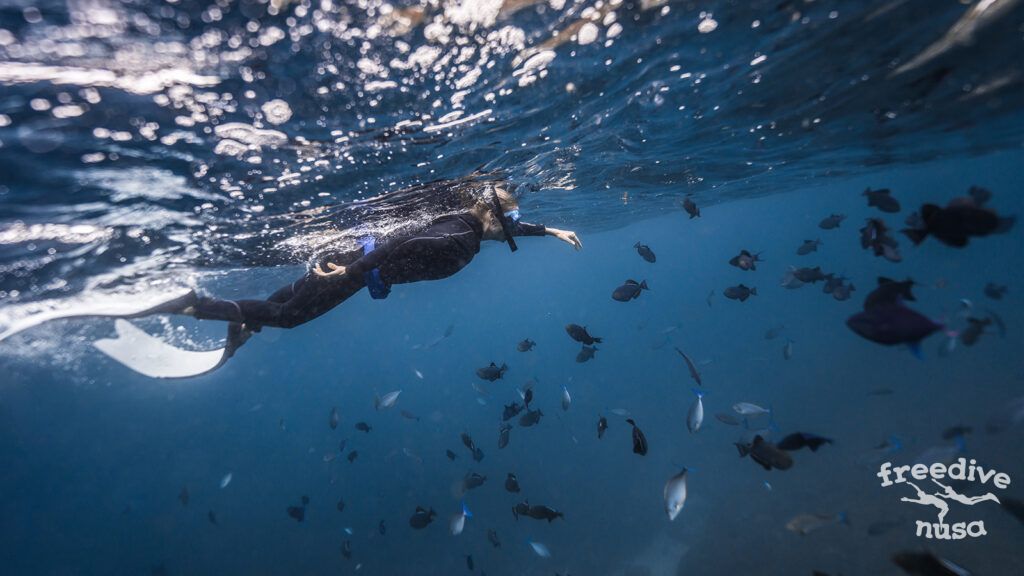
1. Choose comfortable equipment
Let me introduce you to our best friends: a mask, a snorkel, and a pair of fins. If you dare to explore the underwater world, they are going to become your best friends, too, and when it comes to friends, you have to be generous. So stay away from the cheapest no-name options and choose the equipment that fits you.
Make sure your fins are not too tight and you don’t get cramps. If they’re a little bit tight, you can fix it with applying a bit of Vaseline on your feet, but remember we don’t live in the Middle Ages and fins are not a torture mechanism. Still, if they’re too loose, you’ll lose them in the water, and if they feel a bit loose on land, underwater, they’ll feel even more so. So choose the ones that are your size and a perfect fit.
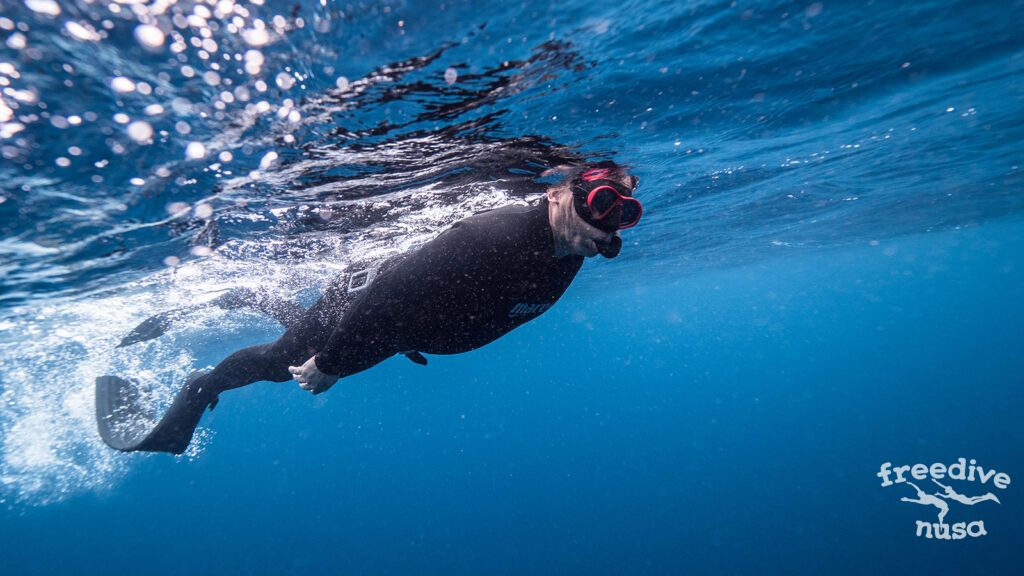
The same goes for a mask. If it starts leaking, you won’t enjoy snorkeling regardless of the beauty of the location you chose. This is how to choose a perfect mask: remove hair from your face and, without putting on the back strap, press the mast tightly to your face. It should stay on. If it falls off, say good-bye to it and move on to another one. Here’s a hint for men nature bestowed with moustache: any mask will leak. Either shave or use the same little helper we mentioned above: Vaseline. Don’t pull the back strap of your mask too tight. Let beautiful photos and videos be the lasting memory of your snorkeling trip rather than red marks on your face. An essential tip for snorkeling is that sometimes to stop your mask from leaking, you need to release the strap a bit rather than pull it tighter.
Remember your equipment is an investment, and the best snorkeling gear for beginners is not the cheapest. If you like snorkeling, you’ll be using it again and again, and chances that you will are much higher with high-quality equipment.
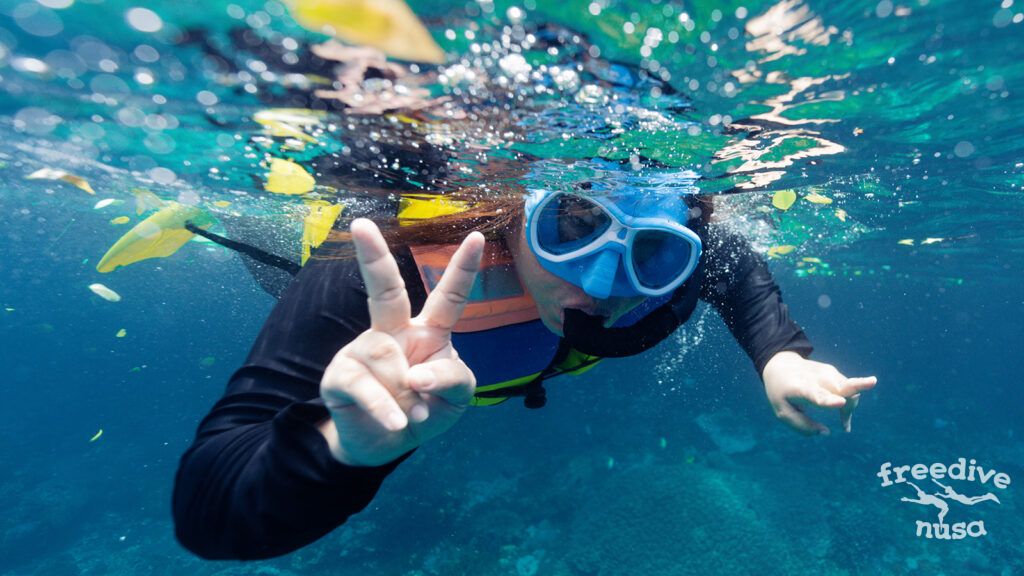
2. Practice in a pool first
If this is your first time snorkeling, it’s worth it to practice in a safe environment such as a pool, enclosed water, or a shallow beach with no waves. There’s not much to see but lots of things to check: are your fins the right size? Does your mask leak? What’s the best position for your snorkel? Are you comfortable without feeling solid ground under your feet? And finally, can you breathe through your snorkel? Usually, we’re not used to breathing through our mouth, and some people in addition find it difficult to breathe with their face submerged underwater. All set? Let’s move on to test your equipment and your abilities in real-life conditions then!
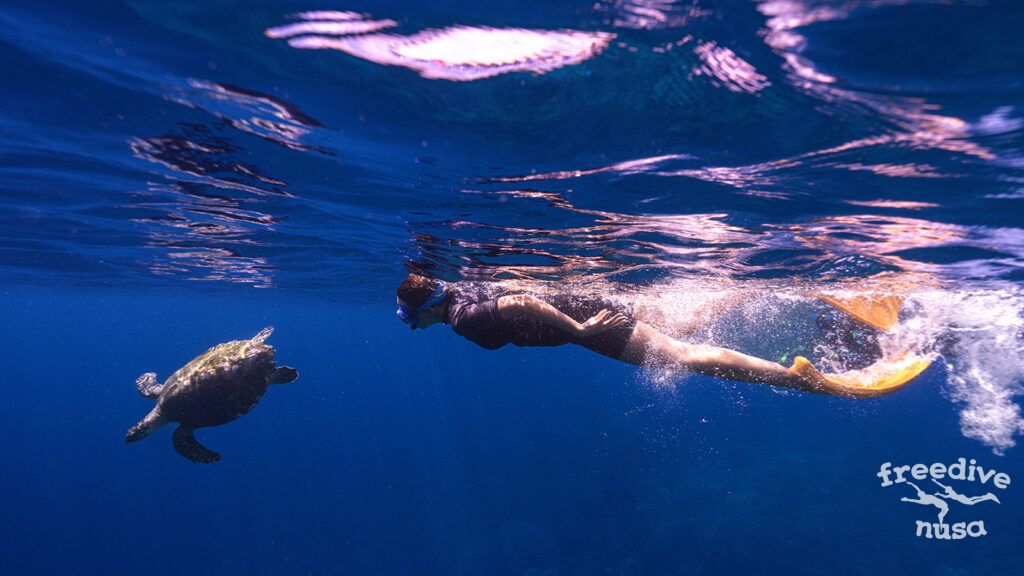
3. Choose a beautiful spot
Once you got the equipment, what else do you need for snorkeling? A beautiful spot, of course! Choose what interests you most: shipwrecks, corals, fishes and turtles, or maybe underwater museums with sunk sculptures and art objects? If there’s anything to see, the top locations are usually well-known. Check local Facebook groups or simply ask other snorkelers on the beach.
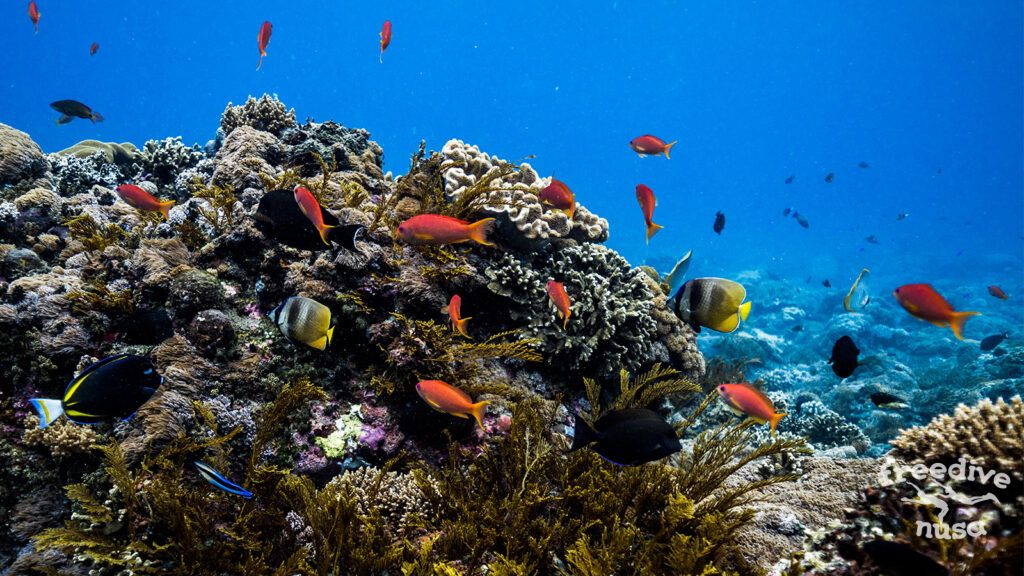
4. Safety above everything
While searching for information, check for currents, tides, and sea creatures that might be dangerous. We’ll help you with that. Here’s the list of what you can touch underwater: nothing. This can be dangerous both for you and the creature you’re making tactile contact with. If you have friends on the shore, ask them to cast a look at you every now and then. Use sunscreen and don’t forget about your back: it’ll be the part of your body most exposed to sunlight, and sunburns have never made anyone happy. Fins will give you power, but don’t get carried away either literally or metaphorically. If you did get caught in a current, don’t fight it: it’s a losing battle. Try swimming across it rather than in the opposite direction: a current has a width, and you’ll eventually get out of it. And don’t be shy to attract the attention of the boats around and ask them for help.
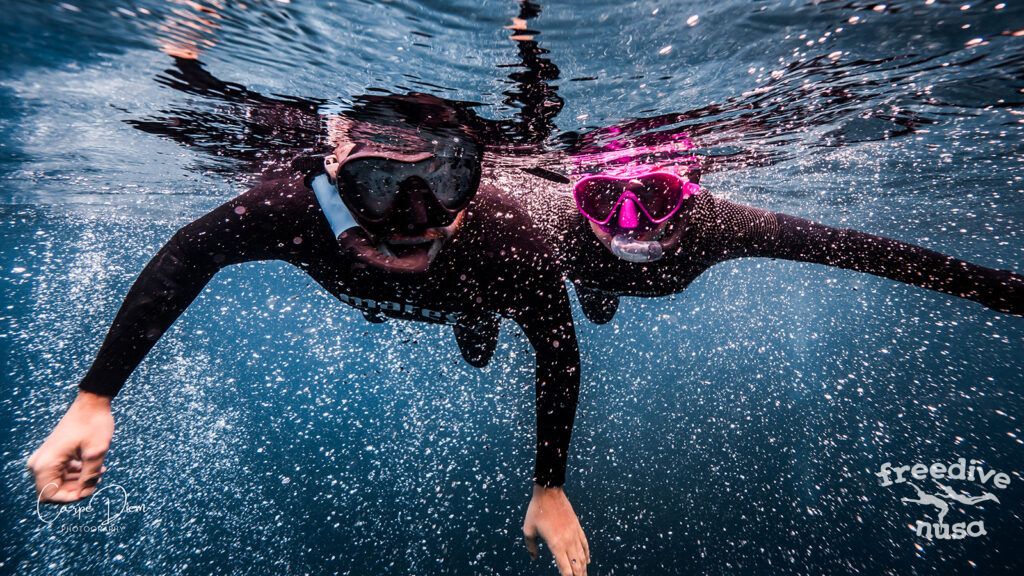
5. Don’t get tired
For beginners may feel a bit overwhelming. Be sure to give yourself a break so that your body can recover and your brain digests everything you’ve seen and experienced. You’ll like snorkeling much more and want to do it again if you feel energetic and excited after your little adventure.
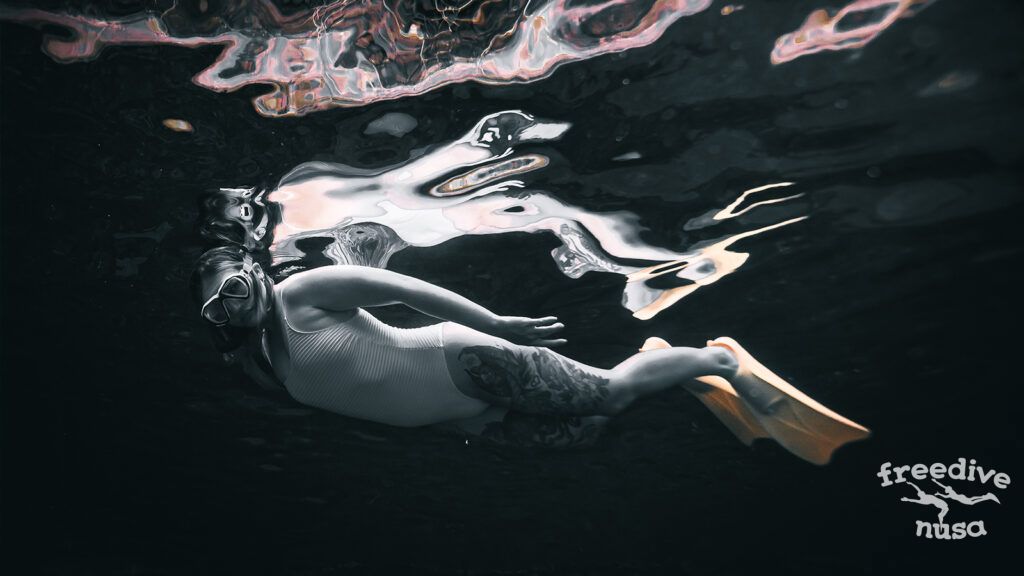
And once you’ve got to grips with the basics of snorkeling, feel comfortable in the sea, and are hungry for more underwater miracles, join us on our trips or come for a freediving course! You can start with half a day and then decide if you want to continue. Freediving will bring your confidence in the water to a totally new level and open the path to a world of beauty you don’t want to miss!

